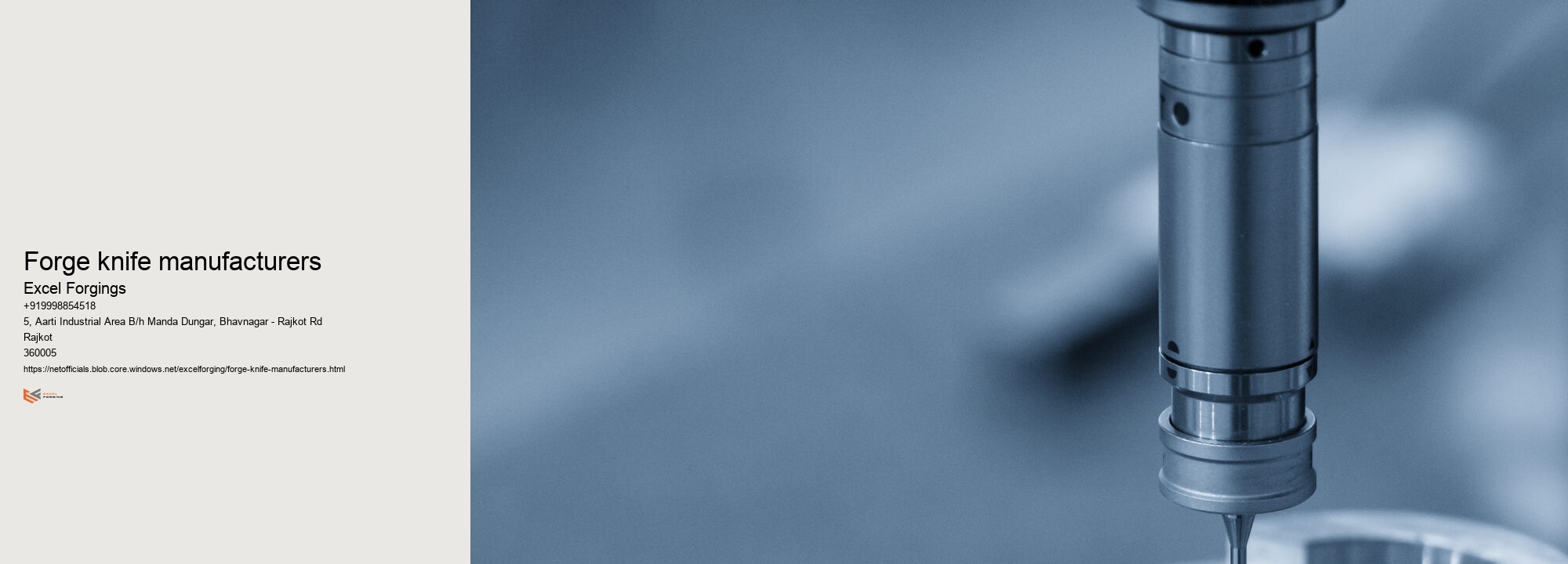


Forging is a process of forming and shaping metals through the use of compressive forces. The process starts with a heated metal, which is then hammered, pressed or rolled to shape it into the desired form. Some common materials used in forging include steel, aluminum, brass and bronze. Forging can be done by hand or using machine tools such as presses and hammers. It has many applications in industry and is often used for parts that require high strength characteristics.
Forging has many advantages over other metalworking processes. It can be used to produce complex shapes with high accuracy and repeatability. Forged parts have superior mechanical properties due to the grain flow that is created by the forging process, as well as improved fatigue and creep resistance. Additionally, forged parts are often more cost-effective than those produced with alternative methods. They also require minimal finishing work after production, making them a popular choice for many manufacturing applications.
The different types of forging include open die forging, impression die forging, roll forging, cold- and warm-forging, press forging and ring rolling. Open die forge is the oldest type of forging and involves presses that strike metal between two flat dies or between a top die on an anvil with a hammer or ram. Impression Die Forging uses dies to shape heated metal over its curved surface. Roll Forging hammers the heated shapes into rolls. Cold-Forging processes metals at room temperatures while Warm-Forging requires higher temperatures for processing metals such as aluminum alloys. Press Forgings use hydraulic presses to compress preheated materials into forms with contoured surfaces whereas Ring Rolling involves pressure from three rollers that form hot wrought rings in external diameters in seconds.